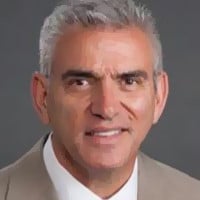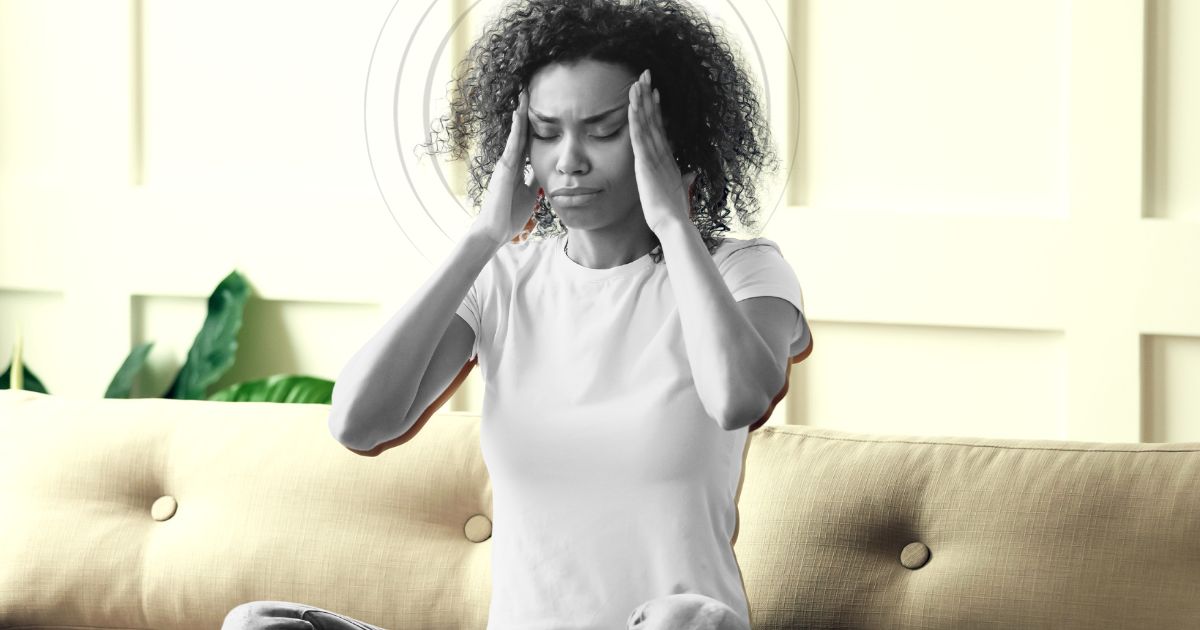Ménière’s disease continues to mystify even the most the most seasoned practitioners. If you put 10 specialists in a room, you will likely get 10 or more opinions about the cause and most effective treatments for Meniere’s disease (MD).
In fact, one recent 2019 survey of patients with a diagnosis of MD found 24 different treatments, all with similar efficacy.1 This is painfully reminiscent of the classic report by Torok in 1977 when he reviewed 834 papers over a 25 year period and found no one treatment superior to any others, suggesting a significant placebo effect.2
There is a lot we don’t know about MD, but we have learned certain things that can make diagnosis and treatments more effective.
Evaluation Considerations
Typical of conditions without a specific definitive test, Meniere’s disease is a “by committee” diagnosis put forth by the Barany Society.3 This is also the case for the condition with the most symptom and temporal overlap with MD, namely Vestibular Migraine.4 Many patients with Vestibular Migraine have been incorrectly diagnosed with MD as a result.
Videonystagmography (VNG) testing is of limited benefit in differentiating Ménière’s disease from vestibular migraine as caloric testing may find symmetrical responses, a relative hypofunction on the affected side, or a relative hypofunction on the unaffected side (which is really an irritation or excitation of the pathologic ear associated with active MD).5
Recent evidence has emerged that Ménière’s patients, despite having significant unilateral caloric hypofunction, typically have symmetrical and bilaterally normal lateral vHIT tests.6 Unilateral hypofunction from other causes such as vestibular neuritis or vestibular schwannoma typically present with same sided vHIT abnormalities.7
One potentially useful characteristic observed during vestibular function testing is that Ménière’s patients tend to tolerate caloric testing quite well and migrainuers have been shown to have significantly more bothersome vertigo and higher rates of nausea and vomiting from caloric irrigation than do non –migrainuers).8
One could make the argument that smartphones are a pox on social engagement and adolescent brain development, but the upside is that nearly all adults in the United States have an Apple or Android video event monitor in their pocket. Nystagmus associated with a Meniere’s episodes differs considerably from that observed during a migraine event. Spontaneous horizontal nystagmus of greater than 12 degrees/SPV had a sensitivity and specificity of 95% and 82% for MD. If a low grade spontaneous vertical nystagmus is noted, this is considered highly specific (93%) for vestibular migraine.9
Providing your patients with instructions on how to video their eyes with their smartphone during future episodes can be very helpful.
Treatment Considerations
Treatments have evolved since Torok’s 1977 paper. In the recent 2019 survey, intra-tympanic gentamicin, which was not a standard treatment 50 years ago, was reported as the treatment providing “the greatest absolute reduction” in vertigo episodes count.1
Historically, if a MD patient had frequent vertigo episodes, caloric testing confirmed a unilateral hypofunction, and the same side hearing loss had progressed to the point that a hearing aid would be of little benefit, it was thought that ablating that ear could provide relief from vertigo episodes with little potential downside. Over the past several years, we have learned that nearly all patients with active or end stage MD have preserved high frequency VOR function in the affected ear as determined by normal and symmetrical vHIT, whereas patients treated with IT gentamicin typically have a significant reduction in high frequency VOR gain on the treated side.10 In fact, a reduction in vHIT gain on the treated side has been considered a marker of success in controlling vertigo episodes.
Obviously, control of vertigo episodes is a valuable outcome, and patients with ongoing, debilitating symptoms have an opportunity for improved quality of life. The opposing viewpoint to consider is that reduction in VOR gain can lead to oscillopsia which may be permanent, and that the majority of patients with MD will see significant reductions in frequency of episodes within one to two years with conservative management. The natural course of MD is difficult to establish because very few people choose to do nothing about their episodes. The information we have is largely gleaned from placebo wings of treatment trials for sac surgery and betahistine use.11
Considering the relatively high rate of eventual bilateral involvement, the importance of preserving high frequency VOR function in a Meniere’s ear should not be underestimated.
References:
- Patient Perceptions of Effectiveness in Treatments for Menière’s Disease: a National Survey in Italy – PubMed (nih.gov)
- Old and new in Ménière disease – PubMed (nih.gov)
- Diagnostic criteria for Menière’s disease – PubMed (nih.gov)
- Vestibular migraine: Diagnostic criteria1 – PubMed (nih.gov)
- Diagnostic assessment of patients with Meniere’s disease through caloric testing and the video-head-impulse test – PubMed (nih.gov)
- Usefulness of Video Head Impulse Test Results in the Identification of Meniere’s Disease – PMC (nih.gov)
- . Video Head Impulse Test Results in Patients With a Vestibular Schwannoma-Sensitivity and Correlation With Other Vestibular System Function Tests, Hearing Acuity, and Tumor Size – PubMed (nih.gov)
- Subjective and objective responses to caloric stimulation help separate vestibular migraine from other vestibular disorders – PubMed (nih.gov)
- Capturing acute vertigo: A vestibular event monitor – PubMed (nih.gov)
- Assessment of Vestibulo-oculomotor Reflex in Ménière’s Disease: Defining an Instrumental Profile – PubMed (nih.gov)
- Efficacy and safety of betahistine treatment in patients with Meniere’s disease: primary results of a long term, multicentre, double blind, randomised, placebo controlled, dose defining trial (BEMED trial) – PMC (nih.gov)
- Meniere’s Disease: Prevalence of Contralateral Ear Involveme… : Otology & Neurotology (lww.com)
About the author
 Alan Desmond, AuD, is the director of the Balance Disorders Program at Wake Forest Baptist Health Center, and holds an adjunct assistant professor faculty position at the Wake Forest School of Medicine. He has written several books and book chapters on balance disorders and vestibular function. He is the co-author of the Clinical Practice Guideline for Benign Paroxysmal Positional Vertigo (BPPV). In 2015, he was the recipient of the President’s Award from the American Academy of Audiology.
Alan Desmond, AuD, is the director of the Balance Disorders Program at Wake Forest Baptist Health Center, and holds an adjunct assistant professor faculty position at the Wake Forest School of Medicine. He has written several books and book chapters on balance disorders and vestibular function. He is the co-author of the Clinical Practice Guideline for Benign Paroxysmal Positional Vertigo (BPPV). In 2015, he was the recipient of the President’s Award from the American Academy of Audiology.






